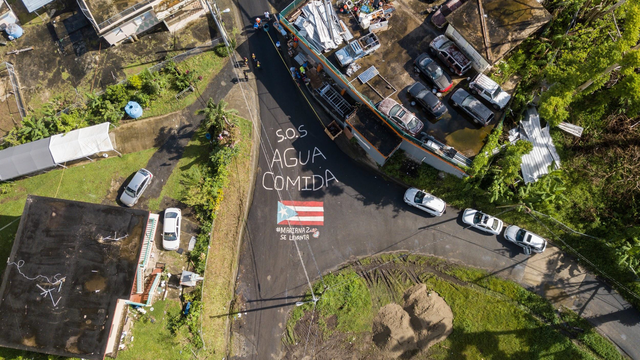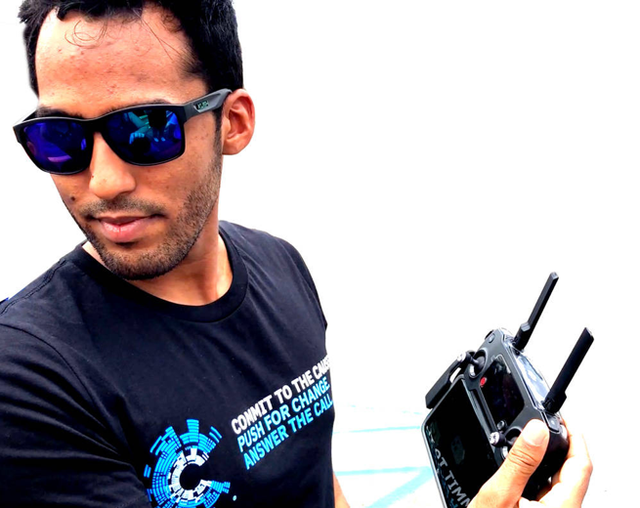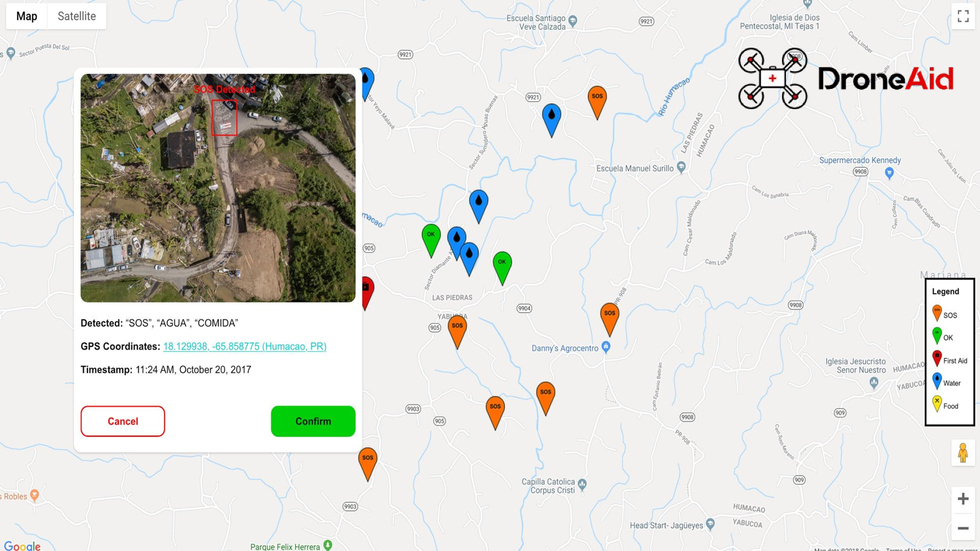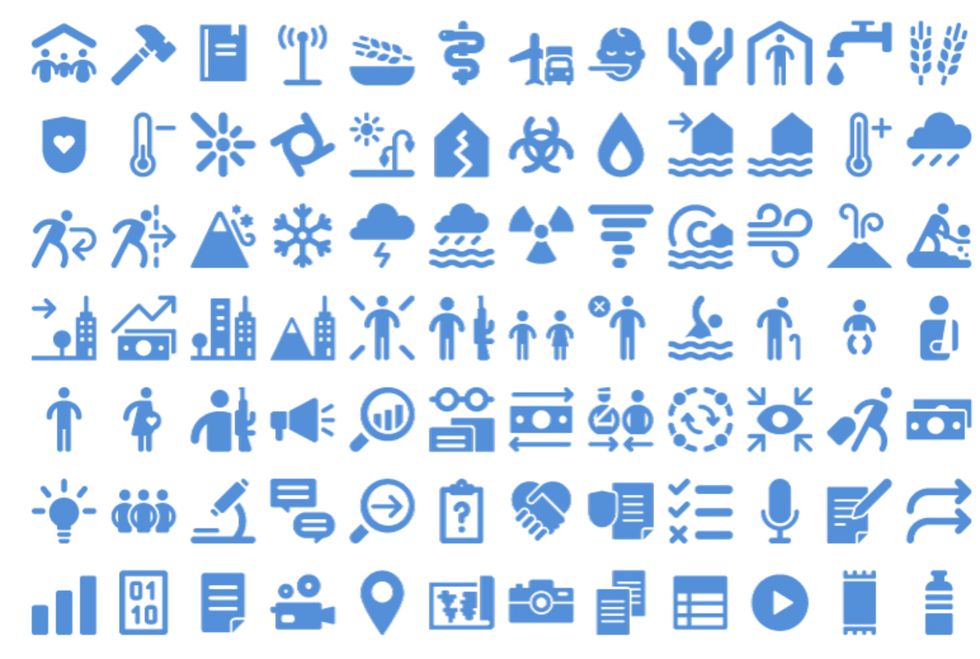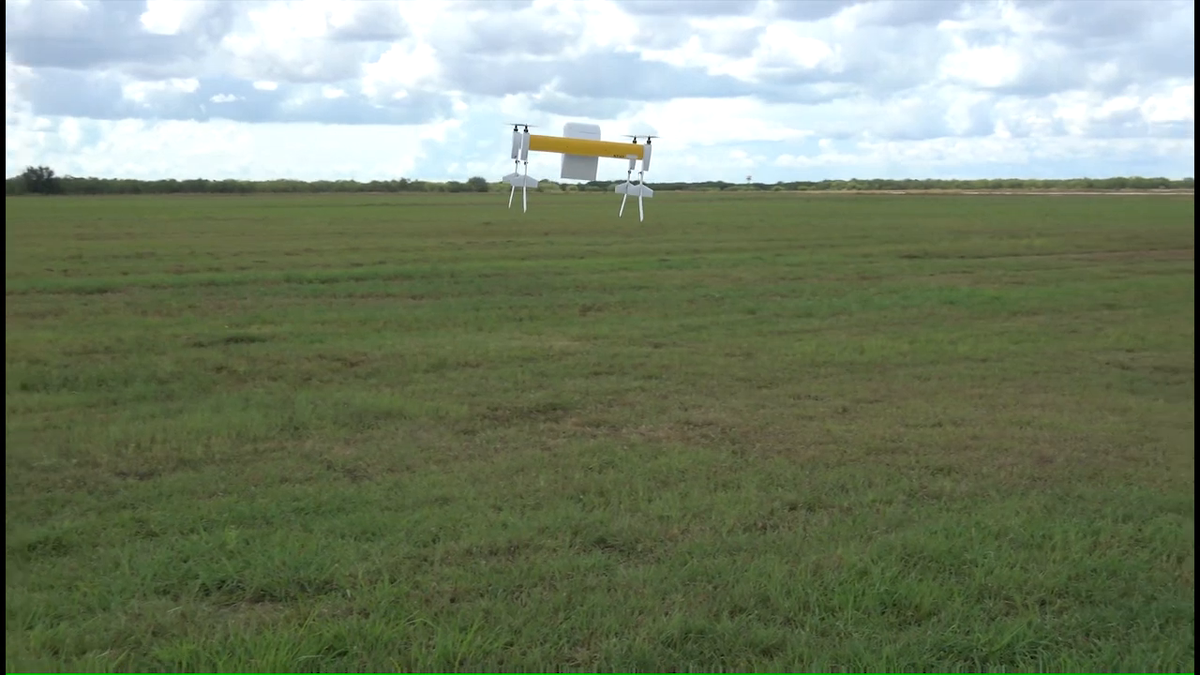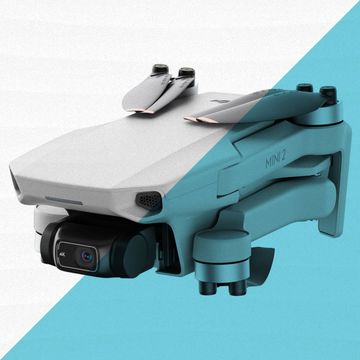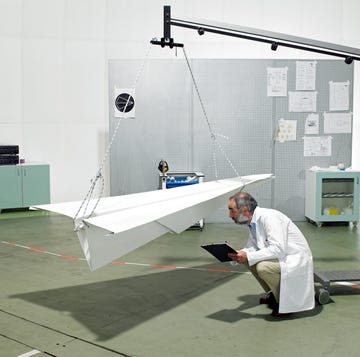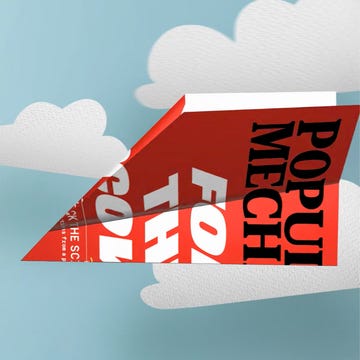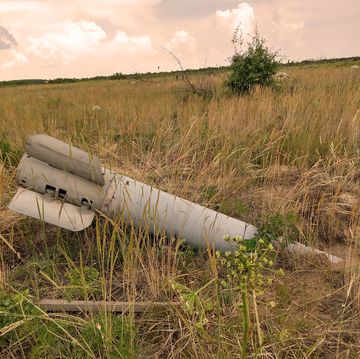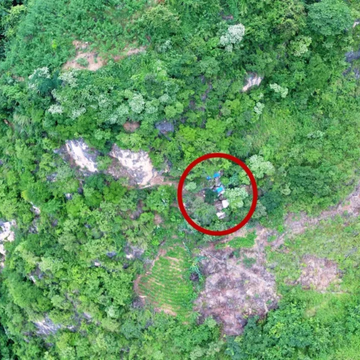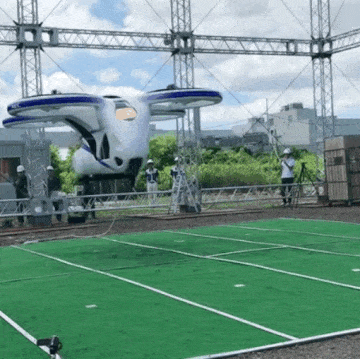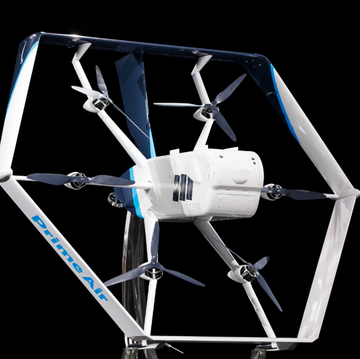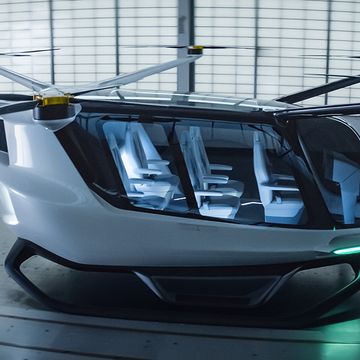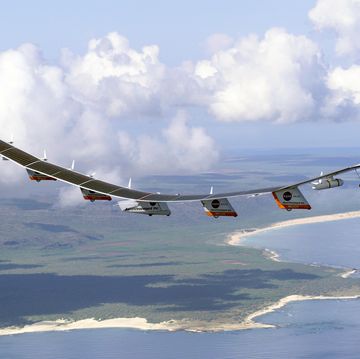- After living through Hurricane Maria, which hit Puerto Rico in 2017, an IBM developer advocate created drone-based tech to save lives in natural disasters.
- IBM hosts the new tool, DroneAid, and it's open source.
- DroneAID uses visual feeds from drones to mark areas where people immediately require emergency services.
Pedro Cruz didn't just live through the wreckage that Hurricane Maria left in its path in Puerto Rico back in 2017. He watched the commotion in his hometown of San Juan by flying his drone overhead.
Maria made landfall on the southeast part of the island around 8 p.m., Cruz recalls in an interview with Popular Mechanics. Once the storm subsided about 20 hours later, he began his mission to find his grandmother.
Since the infrastructure was completely decimated, he had no cell phone service to check in on her. With just one quarter tank of gas left in his car, Cruz took a risk and drove the 25 miles it would take to locate her, he says.
“The road leading to her house was all flooded," says Cruz, 25, a self-taught computer programmer. "I had my drone and I flew it up to [my grandmother's] house. She heard the drone and waved out her window. She was alright."
But not all were so lucky.
Over three million people were impacted by the Category 5 storm, but those in rural communities outside San Juan—like Humacao, on the eastern side of the island—felt the most strain. They were promised aid that never came, Cruz says, so they began painting SOS signs like "food" and "water" on the ground, in hopes of helicopters or planes noticing their cries.
But Cruz didn't have a way to help the people that he saw.
So a year later, he created DroneAID, software that uses artificial intelligence, powered by IBM Watson, to detect and count SOS messages on the ground, fed by data from live drone feeds overhead.
The "Aha Moment"
After volunteering with one of the local nonprofits providing aid to rural Puerto Ricans, Cruz first noticed the hand-drawn SOS messages seeking food and water, which got his wheels turning. How could he make sure helicopters wouldn't miss people left behind after a disaster the next time something like this happened? How could he help people find their own grandmothers?
“I had the 'aha moment' about a year later when IBM came to Puerto Rico," for a coding hackathon, Cruz says. The goal was to create a solution for disaster recovery. It all seemed to click, like gears fitting together in his brain.
“If there’s a way that we can automatically assess a situation, we can save more people,” he thought. The idea prioritized not only speed of emergency responses, but also a more efficient system for providing aid.
As a volunteer, when Cruz brought water and supplies to homes, the recipients would thank him, but then tell him that the Red Cross or another organization had already brought them supplies. This was problematic: Some folks were receiving double aid, and some were receiving none.
If Cruz could use drones to flag places that still need help, rated by the level of emergency, this kind of redundancy could be avoided, he thought.
How Drones Can Save Lives
Cruz's system can automatically plot the places where people require emergency services, by using drone footage and AI.
DroneAID is powered by IBM's AI powerhouse, Watson. It helped Cruz to train his machine learning models, which took a few iterations to get just right.
First, he tried to write "SOS" in his handwriting, which the model's algorithms couldn't read. So instead, he trained his machine learning model to recognize the United Nations's standardized humanitarian symbols. There are over 500 that have been released since 2012, and they're actually quite easy to discern.
Instead of setting fires and flooding streets to test DroneAID (or at least finding crazy places to test the tech, like self-driving cars do), Cruz used a game engine to create simulated environments that look just like real disasters. His fake floods and earthquakes were realistic enough to train his AI system.
The system is now ready to use, and any time a drone detects one of those UN humanitarian symbols, it creates a digitally generated map with icons showing where victims need help, as well as the severity of each situation. That way, first responders can effectively prioritize their response.
Plus, connectivity is no problem—key to disaster response, where infrastructure is typically destroyed. The drones that Cruz is currently working with use their own networking system, with GPS, 4G, and 5G all built-in.
Making Drones Open Source
Still, Cruz admits, there's a long way to go with DroneAID, which is partly why he decided to make the project open source for other developers.
Those coders could create a more nuanced app interface, or perhaps add new sensors to drones like thermal imagery or lidar. The sheer amount of contributors could at least make the current system more robust.
Cruz has one main fear: that people won't adopt his system, leaving lives at risk. He's giving workshops on DroneAID and the UN symbols to address that problem. And he's implementing more connectivity to other consumer drones so that folks can generate more images that show areas in dire need.
He also wants diversity of disasters. Sure, he's been through a hurricane and lived to tell the tale, but what about other humanitarian crises?
“We want to train against other environments and make this embedded into all drones," Cruz says. "Just as our iPhones have an SOS feature, imagine an SOS feature on your drone that’s connected to an app ... and send it to first responders.”
